faux marble
Faux marble is a branch of specialist decoration in which the decorative artist emulates the appearance of marbles and semi-precious stone by means of painted effects. Marbling is a traditional paint finish and is one of a number of paint effects that have been used by specialist decorators for several centuries. We are marbling specialists and undertake work nationwide.
marbling links
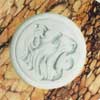 Faux marble inlay and bas relief
Faux marble inlay and bas relief
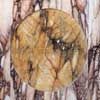 Faux marble panel sienna and breche
Faux marble panel sienna and breche
 Marbleizing of St. Annes faux panel
Marbleizing of St. Annes faux panel
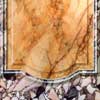 Faux marbling trompe l'oeil panel
Faux marbling trompe l'oeil panel
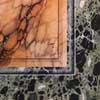 Faux marbling vert antique and sienna
Faux marbling vert antique and sienna
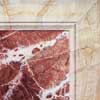 Faux marbling panel trompe l'oeil
Faux marbling panel trompe l'oeil
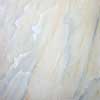 Marbleising paint effect Macauba
Marbleising paint effect Macauba
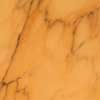 Faux Marble yellow sienna panel
Faux Marble yellow sienna panel
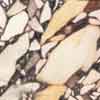 Marbleizing paint effect Breche Violet
Marbleizing paint effect Breche Violet
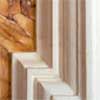 Faux marble paint effect fire surround
Faux marble paint effect fire surround
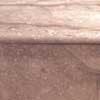 Faux marbling matching to extant marble
Faux marbling matching to extant marble
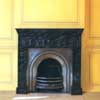 Marbleising to a fire surround Blue Belge
Marbleising to a fire surround Blue Belge
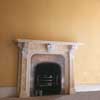 Faux marbling peitra dura inlays
Faux marbling peitra dura inlays
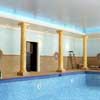 Marbling faux paint effect columns
Marbling faux paint effect columns
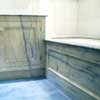 Faux marbling bathroom next to real marble
Faux marbling bathroom next to real marble
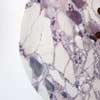 marbleizing paint effect violette guitar
marbleizing paint effect violette guitar
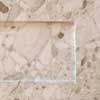 marble paint effect breccia columns
marble paint effect breccia columns
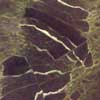 Marbling paint effect Vert de Mer panel
Marbling paint effect Vert de Mer panel
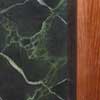 Marble effect painted on to walls
Marble effect painted on to walls
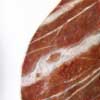 Marble effect painted Rouge Royal guitar
Marble effect painted Rouge Royal guitar
faux marble characteristics
Faux marble tends to suggest, as does the real material, formality, grandeur, solidity, reliability, coolness, integrity and opulence. At its finest levels it is virtually indistinguishable from the real material, and justifies the appellation of trompe l'oeil marbleizing.
faux marbling paint effects in use
As a decorative paint effect, faux marbling can be used anywhere where the real material could be used, but ideally only where it would be used. This faux finish can usefully be employed where uniformity or the required colour is not available in the natural material, or where indeed a particular marble is quarried out. It is frequently employed to reduce costs especially with regard to columns or milled work. A useful paint effect to match extant marble in situ.
marbleizing paint effect as craft
Marbling is a traditional paint effect technique and form of decoration which along with gilding, relief decoration, scagliola and wood graining has been long recognized and appreciated. Faux marble at the better levels of craftsmanship is usually designated as faux marbre.
marble paint effect history
Very early examples of the marble paint effect can be seen in the murals of Herculaneum and Pompeii. Marble has always been respected as a beautiful and rare material with which to decorate the built environment. In relatively more recent times marbling work has been in use since the Renaissance as a decorative technique and as such has followed the methods and materials developed and used by fine artists. The techniques of faux marble arguably reached their peak in the mid nineteenth century with artist craftsman Thomas Kershaw who's panels of faux marble are on display at the Victoria and Albert Museum in London.

